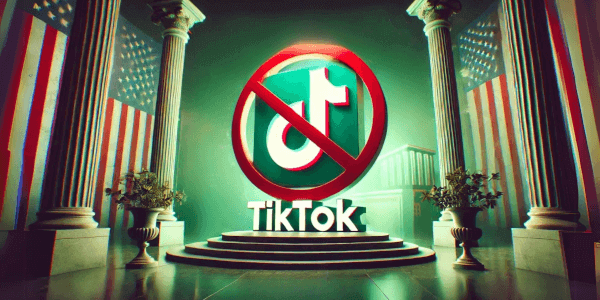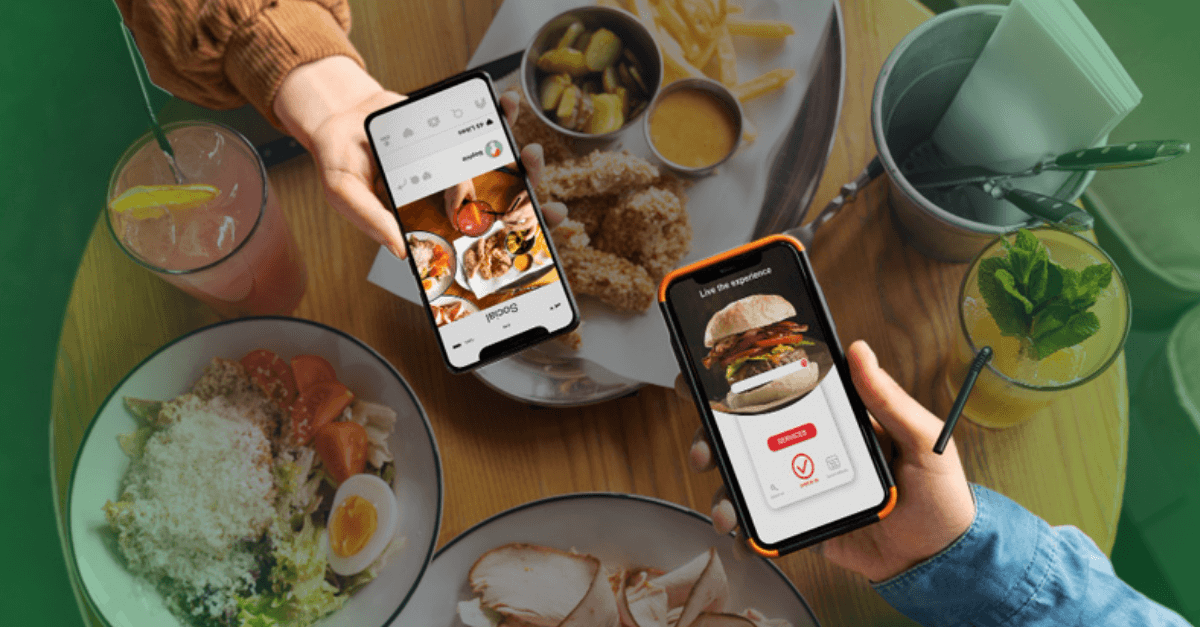Brace for Impact: TikTok's Potential Departure Fuels Antitrust Debate, Shakes Up Digital Advertising
By Ken Harlan, CEO and Founder, MobileFuse
The drama around TikTok's potential departure from the U.S. market is sending shockwaves through the advertising industry – yet again. Just recently, we saw an update noting TikTok is supposedly developing a clone of its recommendation algorithm for U.S. users – this move could result in a version that operates independently of its Chinese parent company and meets the requirements made by American lawmakers.
With this in mind, brands and advertisers are reassessing their marketing strategies and questioning how to redirect their advertising budgets.
In reality, this change would ultimately benefit legacy digital media platforms like Google (Youtube) and Meta (Instagram), leading to a substantial reallocation of marketing dollars to them. While this transition may offer immediate solutions for brands seeking to maintain their digital presence, it also raises critical concerns about market dynamics and evolving antitrust implications.
Another Day, Another Antitrust Update
The political and regulatory ramifications of this shift are profound. On one hand, the decision to push TikTok out of the US stems from national security concerns, reflecting the complex geopolitical landscape. On the other hand, the strengthening of major American tech companies highlights an uncomfortable trade-off: enhancing national security at the potential cost of fostering even larger monopolies – which is exactly what ongoing antitrust lawsuits against several top ad platforms are fighting against...
To paint a picture; recent research from Statista finds that Google and Meta account for 44.8% of all digital ad spend in 2024 – it's wild to think just two companies account for almost half of all ad spend. This goes to show how herded together most brands and advertisers are when it comes to executing digital campaigns – and that's a problem. In the event TikTok does leave US app stores, that ad spend is likely to find its way to the largest players in the near-term, further boosting their market share and influence. And that could easily cause further antitrust investigations into Google and Meta, resulting in the companies splitting up their business units. This leads to brands and advertisers scrambling to find other channels for their deterministic campaigns.
In order to circumvent that and understand how to make those marketing dollars track towards business objectives, it's critical brands and advertisers reassess their campaigns, key audiences, and what their KPIs are for each effort.
Finding Alternative Inventory Though Consumer Preference
In order to find the best alternative inventory options, it's necessary to examine why TikTok has grown so quickly. The company bolstered its audiences by creating a platform based on user generated content, all while offering a sense of community. Another piece to consider is how the content is hyper personalized, and because it's user generated, it provides an ‘authentic' experience. This insight is important – when looking at data from Stackla, 88% of consumers say authenticity is important when deciding which brands they like and support.
If TikTok leaves the US, brands and advertisers will obviously look to fill that void. However, before everyone decides to shift their ad spend to Meta or Google, let's explore how TikTok sets itself apart. While it's categorized as a social media brand, TikTok from an audience attention and usage perspective is more of a streaming video platform. Recent findings from Oberlo state the average daily time spent on TikTok is forecasted to reach 55.8 minutes in 2024 – up from 45.3 minutes in 2021. By comparison, the average time spent on YouTube in 2024 is projected to reach 48.7 minutes. Essentially, people are using TikTok like an alternative to one or two episodes of a TV show – and that showcases their preferred engagement style.
Embracing Change
The best approach for brands and advertisers is to start exploring fresh strategies, and identify what engagement tactics yield the best results for existing and ongoing campaigns. Now is the time to test alternatives, because consumers already spend about two-thirds of their time on the open internet. In fact, a report from The Trade Desk found that consumers in the U.S. spend 61% of their online time on the open internet, versus 39% of time spent within walled gardens.
When it comes to redirecting TikTok ad spend, advertisers should think outside the box and consider CTV and in-app inventory. This is especially important due to the ongoing volatility and questions around Meta and Google's ongoing antitrust cases.
CTV provides advertisers with targeting and measurement capabilities, enabling brands to reach the household level and optimize efforts efficiently. Additionally, it's cost effective as advertisers can buy inventory in real-time auctions. CTV also accepts unique ad formats and creative – this means creative teams can easily retool content developed for TikTok and have it perform well for CTV.
Regarding in-app ads, they are integrated directly within applications, providing a seamless and immersive experience. This integration leads to higher engagement rates compared to traditional web ads, as users are already engaged with the app's content. For brands, this means a greater likelihood of capturing attention and driving meaningful interactions. In-app ads also accept a variety of formats – similar to CTV, the ad format diversity enables brands to easily repurpose their TikTok content, so previous efforts are not wasted.
One thing is constant in digital advertising: ‘change.' Not only will brands and advertisers need to evolve how they engage consumers, they also need to track the ways preferences change over time. By assessing campaign goals and audience preference, brands and advertisers can continue reaching marketing goals and remain competitive. While Meta and Google's inventory options seem like a quick replacement to TikTok's inventory, CTV and in-app could be the stronger, more stable play. As brands and advertisers work to deliver relevant content, they'll enhance the overall customer experience and foster new levels of brand loyalty.






